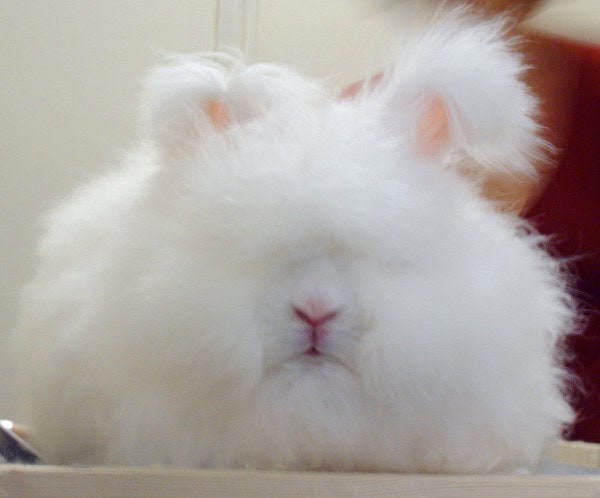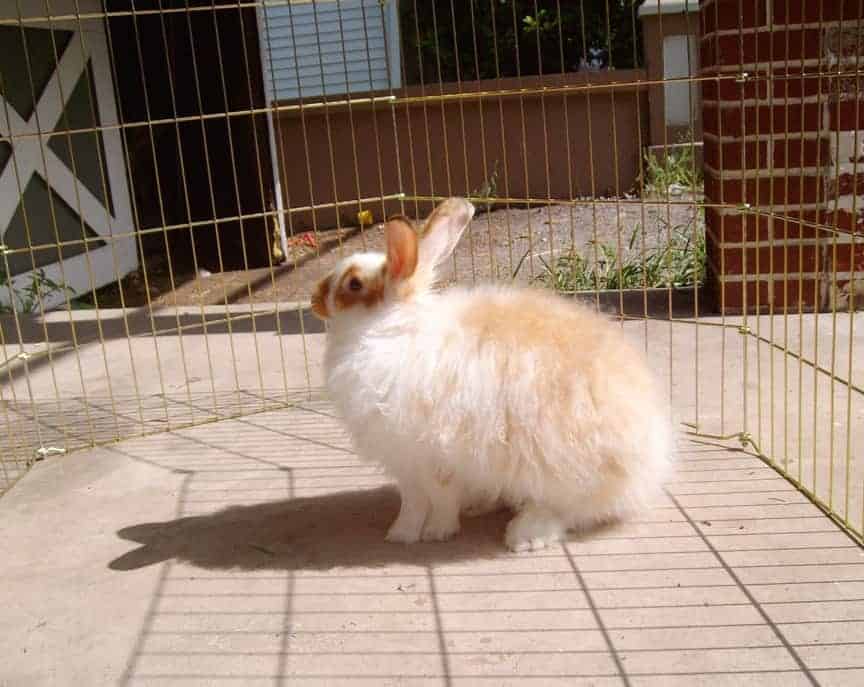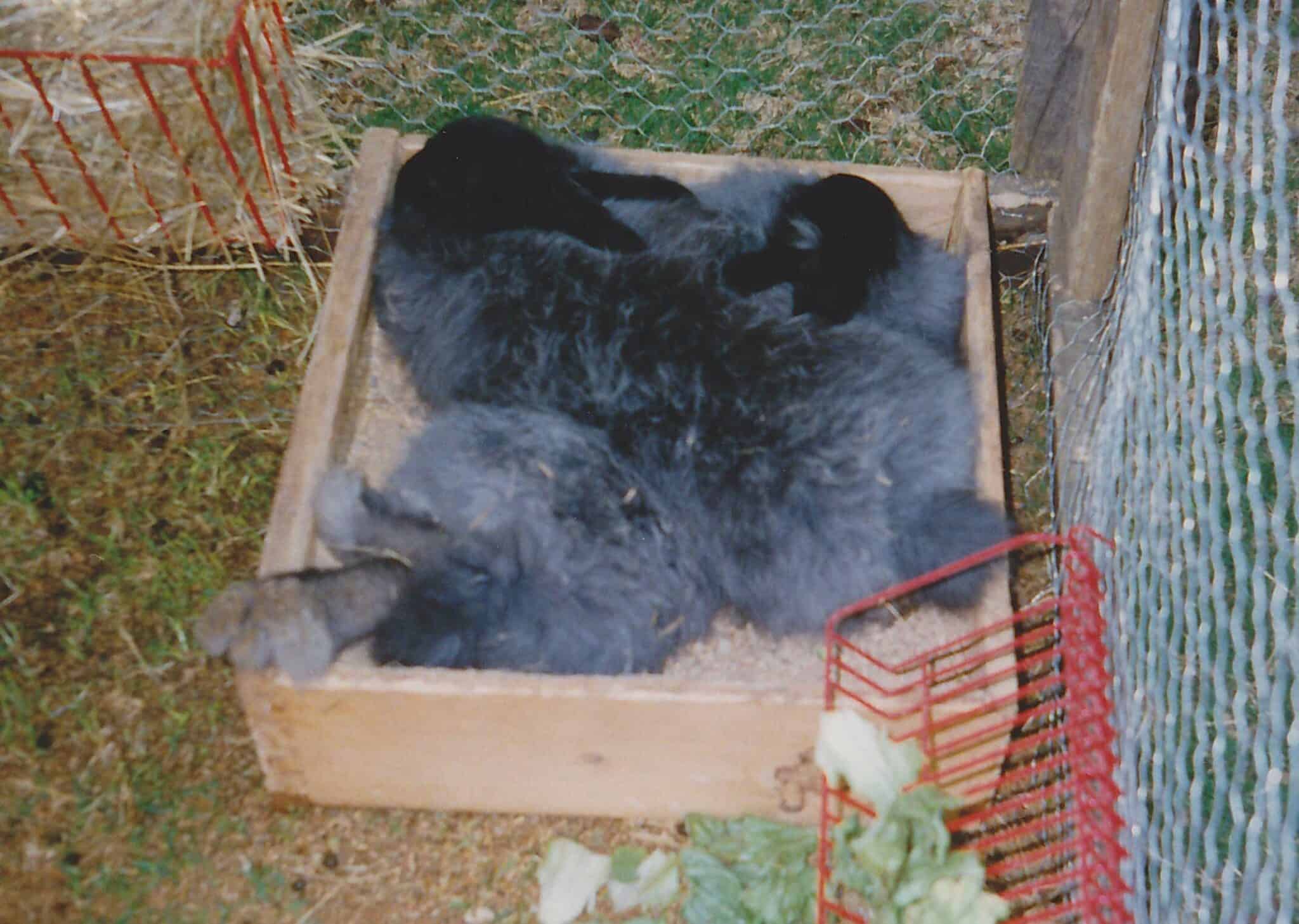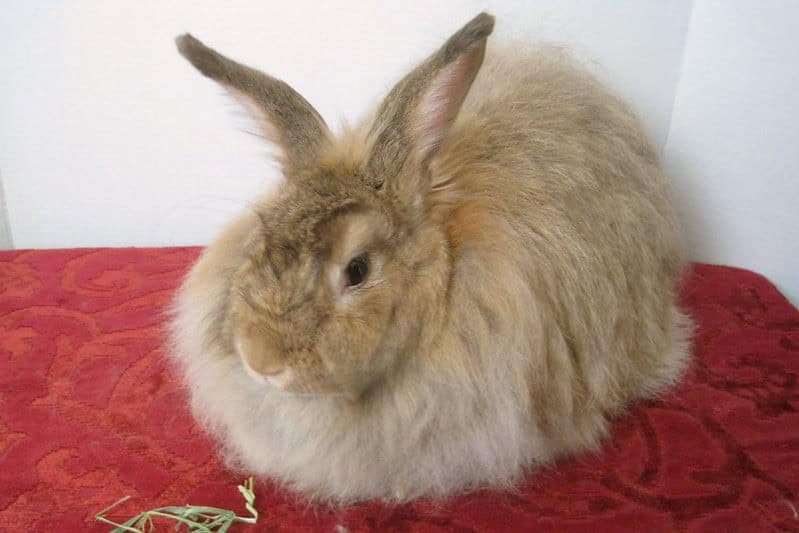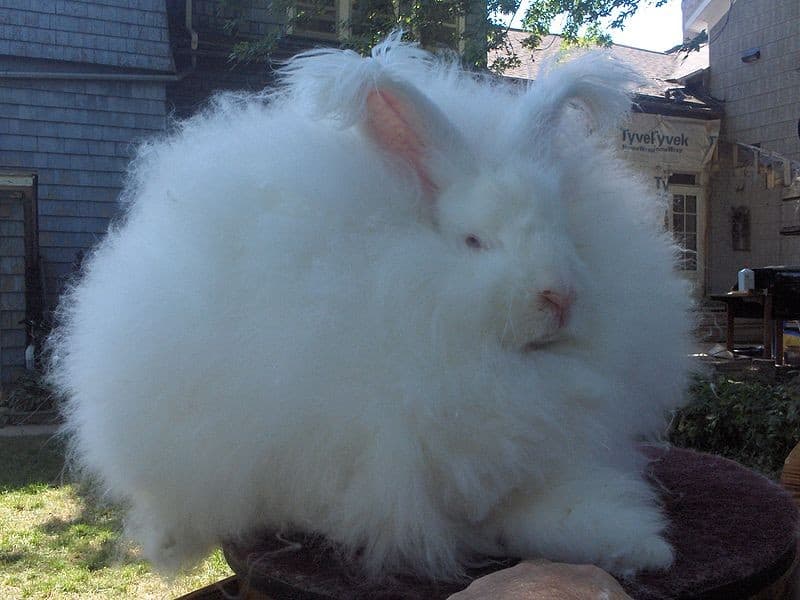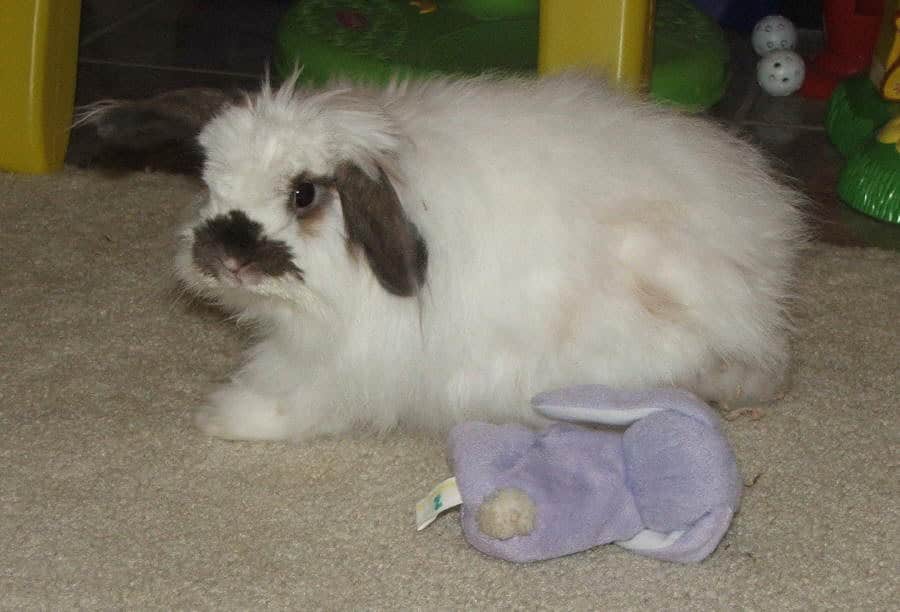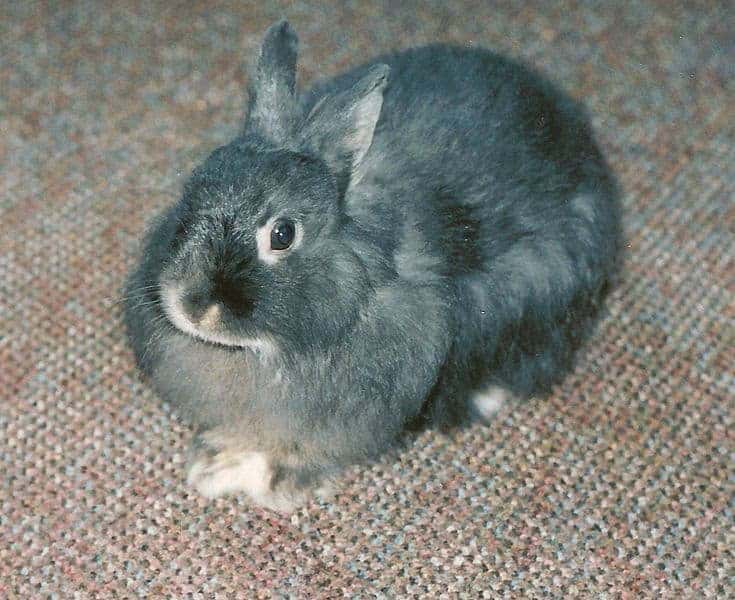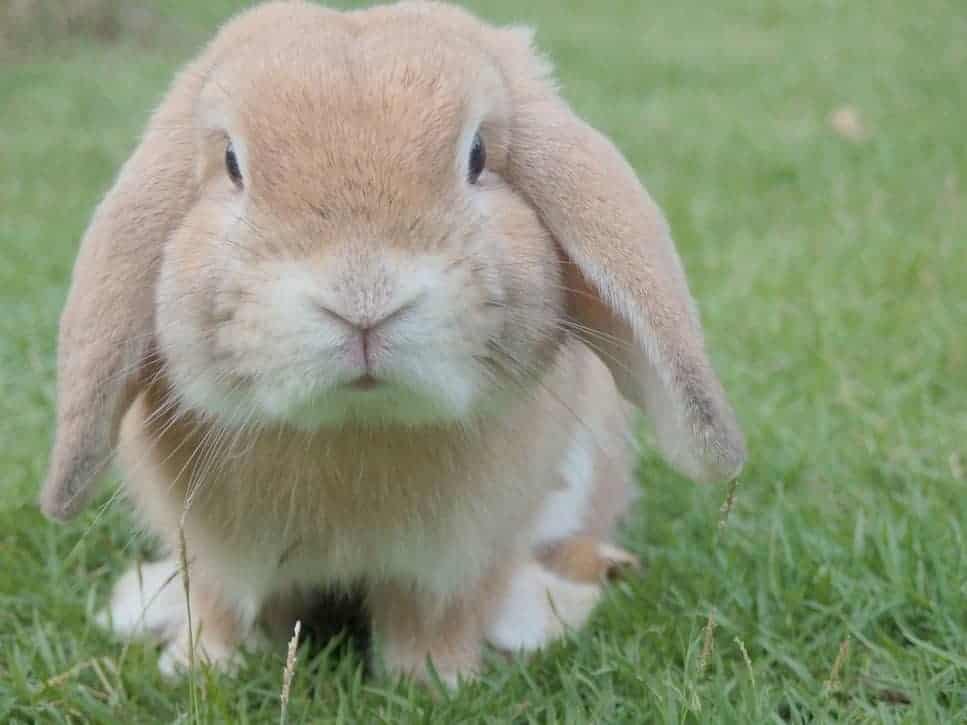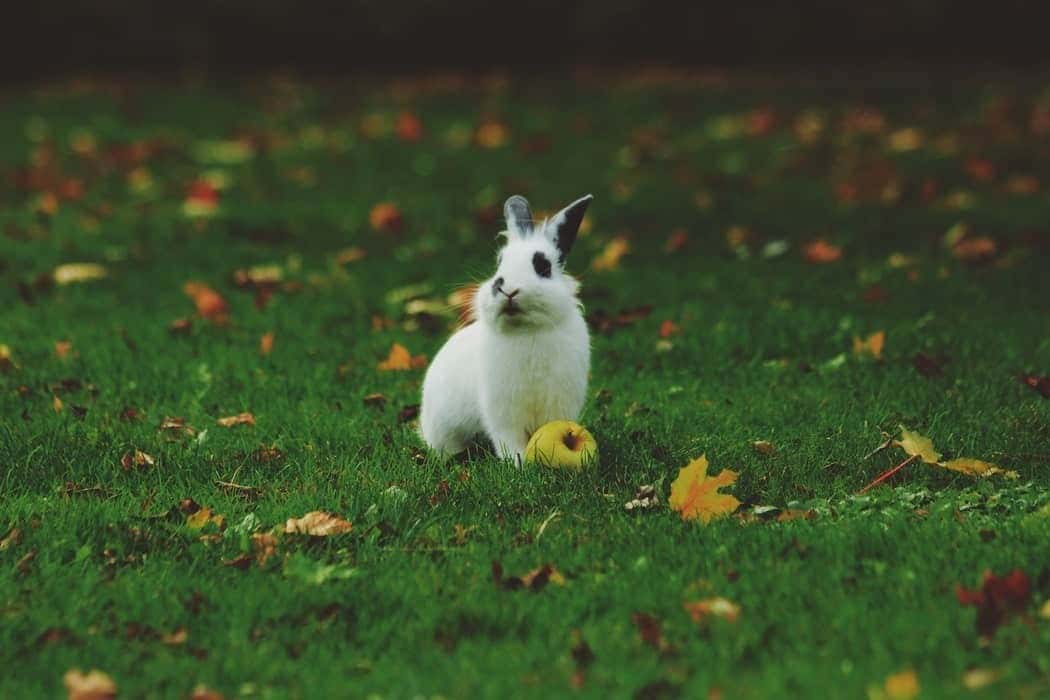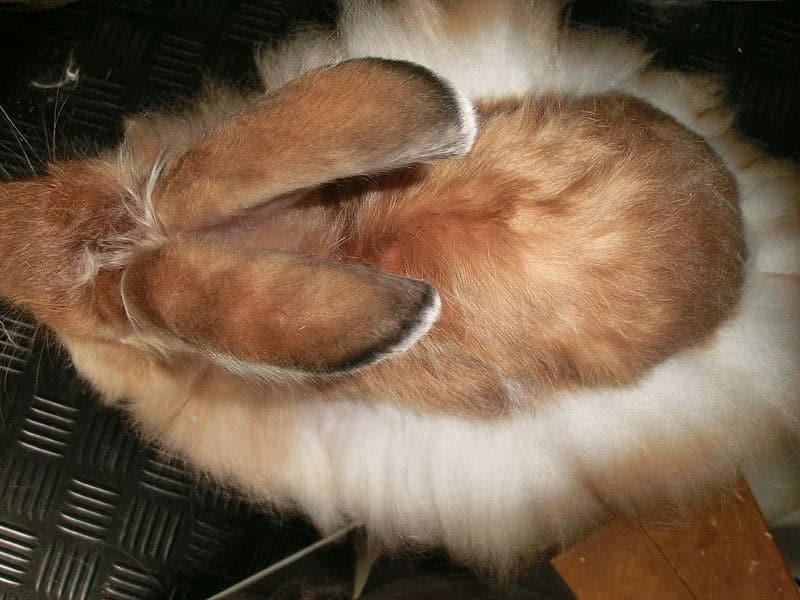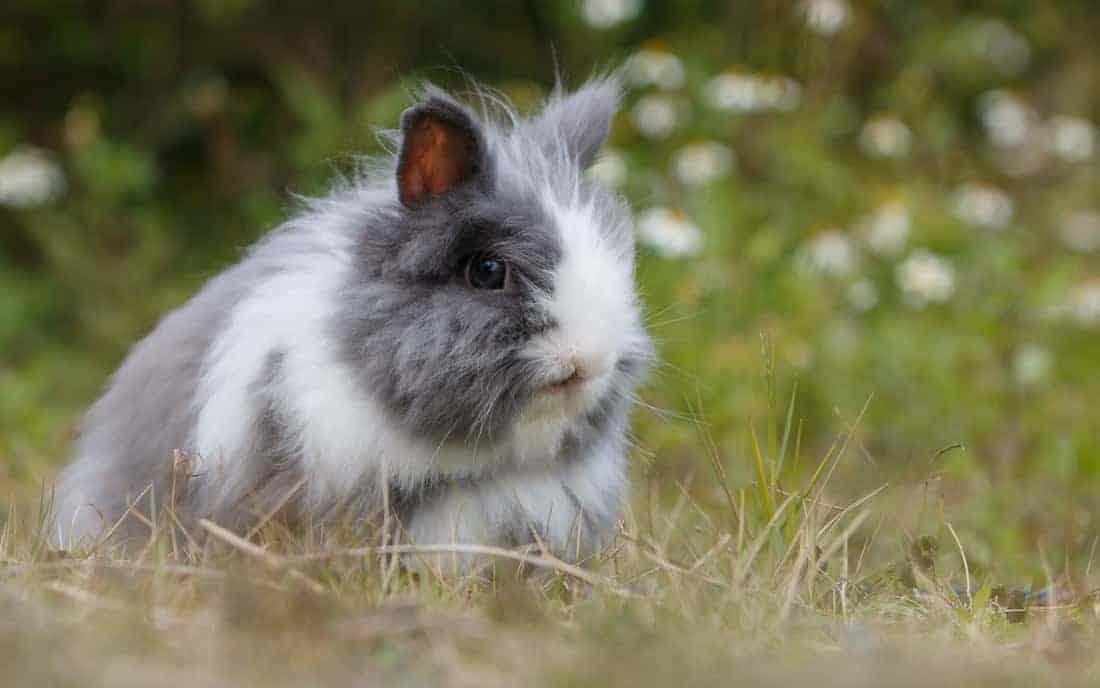Raising fiber rabbits on your farm is an excellent way to produce high-quality fiber, whether you plan to use it for spinning or sell it. Rabbits offer a unique combination of advantages that make them ideal for small-scale farming. Their small size makes them easy to manage, and they mature quickly, providing a steady supply of fiber in no time. In contrast to larger fiber animals like sheep or alpacas, rabbits are soft, cuddly, and relatively low-maintenance.
If you’re interested in raising your own fiber rabbits, here’s what you need to know – including some top breeds to consider.
Choosing Fiber Rabbit Breeds
While many enthusiasts cultivate Angora rabbits for their prized fibers, it’s crucial to acknowledge that ‘Angora’ encompasses a broader scope than just one breed. In fact, there exists a diverse range of Angora varieties. Furthermore, these soft-fibered rabbits are not the only options for fiber enthusiasts. Many other rabbit breeds also boast impressive fiber production capabilities.
English Angora
English Angoras may be the smallest of all angora breeds, but they’re surprisingly prolific. Despite their petite size – ranging from 5 to 6 pounds – these adorable rabbits produce a remarkable amount of wool relative to their body mass. In fact, one rabbit can yield up to 1 pound of high-quality angora fiber annually. What’s more impressive is that this fleece grows uniformly across the entire body, including the feet, face, and ears.
This astonishing wool growth may be a delight to behold, but it also requires regular maintenance to prevent matting and shedding. You’ll need to pluck or brush your English Angora every few months to keep their coat looking its best.
Satin Angora
Satin Angoras are renowned for their exceptional fibers, which make them highly prized among breeders. The wool they produce is surprisingly easy to spin and boasts a stunning palette of colors, as well as an undeniably luxurious texture. However, one aspect that might temper enthusiasm is the relatively modest yield – these rabbits typically only produce around 8-ounces of fiber annually, making it a valuable yet limited resource.
French Angora
French Angora rabbits are a unique breed that offers many benefits for those looking to raise them. One of the most notable advantages is their low maintenance requirements compared to English Angoras. This is largely due to their shorter hair, which reduces the need for frequent grooming sessions. In fact, French Angoras have a tendency to shed their coats naturally, making it easy to harvest their wool by simply brushing their fur rather than clipping it like you would with other breeds.
While French Angoras may not produce as much fiber per pound as English Angoras, they still yield a respectable amount of about one pound each year. Additionally, their guard hairs are more pronounced than those found on English Angoras, which helps to prevent matting and tangling of the wool. This, combined with their intense pigmentation, results in a truly stunning coloration that’s hard to resist.
German Angora
German Angoras are a breed of rabbit known for their impressive size. On average, these rabbits weigh between 10-11 pounds, making them nearly twice as large as English Angoras. This larger stature has a direct impact on their wool production capabilities, allowing them to generate significantly more fiber than their smaller counterparts.
However, this increased productivity comes at a cost: German Angoras do not naturally shed and require regular clipping every 90 days throughout the year to maintain their overall health and the quality of their fleece.
Giant Angora
The Giant Angora rabbit breed is characterized by its impressive size, with some individuals reaching up to 12 pounds in weight. Sharing many similarities with the German Angora breed, they require regular grooming to maintain and harvest their unique wool coats. Unlike other breeds, Giant Angoras cannot be brushed; instead, they need to be sheared or clipped to keep their locks looking their best.
American Fuzzy Lop
The American Fuzzy Lop makes for an excellent alternative to the Angora rabbit, offering similar characteristics without the need for extensive rabbit raising experience. This wool breed boasts a compact size and shorter, thicker fur compared to its commercial Angora counterpart, making it an ideal choice for those seeking a smaller yet still endearing companion.
With most American Fuzzy Lops tipping the scales at around 4 pounds, they are an accessible and manageable option for rabbit enthusiasts.
Jersey Wooly
Jersey Wooly rabbits are diminutive creatures, typically weighing between 1 and 3 pounds. Their compact size makes them less economical to raise compared to larger breeds, earning them the distinction of ‘dwarf’ rabbits. While they do produce fiber, their primary purpose is as beloved pets, with the added bonus of a soft and luxurious fleece.
Raising and Taking Care of Fiber Rabbits
To ensure your fiber rabbits thrive, it’s crucial to prioritize their well-being through proper care. This includes maintaining impeccable hygiene standards to prevent common health issues. For instance, ear mites are a persistent problem that can be effectively managed by regular cleaning of rabbit hutches. If you notice your rabbit’s ears appear scabbed or inflamed, it may indicate the presence of these pesky mites. To combat this issue, apply oil to the affected ear to promote healing.
While rabbit health issues can be complex and multifaceted, simply put, a clean environment is key to preventing many common problems. For a more in-depth exploration of preventative measures and treatment options for various rabbit ailments, refer to our dedicated guide.
Housing Fiber Rabbits
When it comes to caring for fiber rabbits, temperature extremes can be a challenge. While most rabbits can thrive in unheated outdoor enclosures or sheds during cold weather, Angora rabbits are more sensitive and require indoor quarters during winter months. Similarly, some fiber breeds are prone to sunburn, making shade provision crucial during hot summer months. To mitigate these risks, many enthusiasts opt for year-round indoor housing, whether in a barn or home.
This environment allows for optimal care and minimizes the risk of temperature-related issues. In terms of enclosures, wire cages with individual space are ideal for fiber rabbits. Direct contact between their fur and bedding can lead to matting, making separate enclosures essential. Raising does and bucks separately also prevents mating-induced matting. When it comes to bedding, caution is advised as some materials can stick to a fiber rabbit’s coat, causing persistent mats.
Shredded pine or cedar shavings should be avoided; instead, opt for odor-controlling solutions like newspaper that won’t damage your rabbits’ wool.
Feeding and Watering Fiber Rabbits
When it comes to feeding fiber rabbits, one crucial aspect is providing an abundance of hay to maintain their digestive health. While you can follow similar guidelines for other rabbit breeds, there’s an important exception: fiber rabbits require extra fiber due to their self-grooming habits, which can lead to ‘binding up.’ The added fiber helps regulate their digestive system.
In addition to a balanced pellet diet, which provides essential protein and supports weight maintenance, it’s vital to offer generous amounts of hay as well. Vegetable and fruit scraps are also welcome additions to their meal plan. On average, a fiber rabbit requires around 1100 calories daily or approximately 7-ounces of food. For added digestive comfort, papaya tablets can be used to reduce the risk of blockages.
Finally, ensure your rabbits always have access to fresh water by using rabbit waterers with nozzles and securing them to their cages; this way, you’ll only need to refill a couple times per week.
Breeding Fiber Rabbits
Finding fiber rabbits, particularly rare breeds like Satin Angoras, can be challenging and costly, with prices reaching up to $50 per rabbit. However, it’s possible to acquire them for free through online marketplaces like Craigslist, as many individuals underestimate the effort required in raising these rabbits. For those who do decide to breed fiber rabbits and have a strong demand in their area, selling them shouldn’t be an issue.
In fact, breeding fiber rabbits can be a good way to maintain a closed-loop of producers and ensure a steady supply of quality fibers. When it comes to breeding fiber rabbits, doe rabbits should ideally be bred before they reach their first birthday to prevent hip bone fusion, which can make birthing more difficult. The ideal breeding age is around nine months old. When selecting bucks for breeding, look for those with gentle dispositions and excellent fiber characteristics.
When introducing the buck and doe, it’s essential to put the doe in the buck’s space, rather than vice versa, to prevent territorial behavior in the doe. Rabbits have a relatively short gestation period of just 30 days. In most cases, mother rabbits will take care of their young on their own, but it’s still necessary to provide them with a safe and cozy nesting box.
Before giving birth, many mother rabbits will prepare a nest by plucking out loose hair and using it to create a warm and comfortable environment for their babies.
Grooming Fiber Rabbits
Raising fiber rabbits requires a significant investment of time in grooming, with weekly sessions being the minimum. Molting periods can increase this frequency, potentially requiring daily grooming for four to five days. The specific needs of your rabbit breed will influence the approach you take. For example, some breeds may require brushing, while others are more self-sufficient. Angora rabbits, in particular, demand attention and handling for around 30-40 minutes per week.
This regular interaction not only helps maintain their coat but also encourages socialization. As a result, you can expect to collect a substantial amount of fluff from each rabbit. Combing is often the most effective way to remove excess wool, although plucking or shearing may be necessary in some cases. It’s essential to recognize that grooming is not solely a prerogative for harvesting wool. Regular grooming sessions are vital regardless of your plans for the fiber.
If you’re unwilling or unable to commit to this level of care, it may be more practical to explore alternative rabbit breeds.
Harvesting Wool
Harvesting wool from rabbits requires a solid understanding of their breed-specific needs and habits. Prior research is crucial in determining whether your chosen breed requires shearing or plucking. For novice rabbit owners, shearing can be a daunting task, especially when dealing with nervous animals that require training to become comfortable with the clippers.
It’s recommended to seek guidance from an experienced rabbit shearer for the initial few attempts to ensure a smooth and stress-free process. As you gain confidence and skills, you’ll find that regular harvesting becomes second nature. In fact, it’s essential to harvest wool every three months to prevent matting and potential skin irritation in your rabbits. If plucking is necessary, the process can be relatively effortless as the fur naturally loosens and sheds.
However, if you need to pull or remove the fiber, it may indicate that the fur is not yet ready for harvesting. Interestingly, rabbits meant for plucking tend to enjoy the experience as their bodies relax as they begin to shed their coats.
Final Tips for Raising Fiber Rabbits
When embarking on the journey of raising fiber rabbits, selecting the ideal breed is paramount to achieving success. This crucial decision should be guided by your goals for the fiber as well as the time commitment you’re willing to make for rabbit care and grooming, which can vary from week to week. Additionally, it’s essential to consider the specific dietary and grooming requirements of each breed, ensuring your rabbits receive the necessary attention to thrive.
Furthermore, regular harvesting of wool – ideally every three months – is vital to maintain the health and productivity of your fiber rabbits throughout their lifespan.
